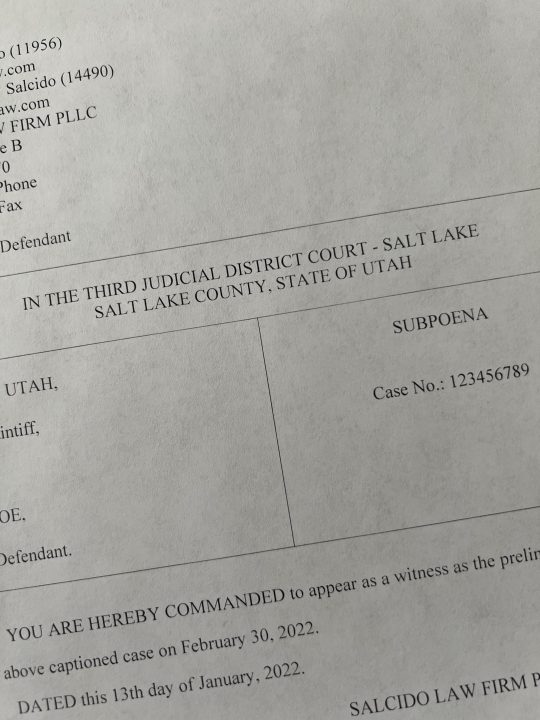Two weeks ago, the Supreme Court of the United States (SCOTUS) delivered 2 crucial rulings regarding gay marriage rights. The first case before the court challenged the validity of the Defense of Marriage Act which defines marriage for federal purposes as only being between a man and women. The second case addressed with question of whether or not a court’s ruling striking down proposition 8 in California could stand. The much anticipated rulings we handed down on June 26, 2013, and both decisions are now seen as key wins for the pro-gay marriage community. So what do the decisions mean? How will this effect marriages, divorce, family rights, the family court system, etc.? We break it all down below:
Proposition 8
In the Prop case, the question before the court was whether or not the lower federal court’s decision striking down the initiative was proper. The state of California declines to file an appeal on the matter and as such a private group took up the issue spear heading it all the way to SCOTUS. However, rather than making a sweeping decision on whether or not a state could define marriage and being solely between a man and woman, Chief Justice John Roberts, who wrote the majority opinion, and the concurring justices, decided the private party listed as the plaintiff in the matter did not have standing. This effectively lets the lower courts ruling striking down the initiative in effect. Since the state of California, who certainly has standing, refused to move forward, it is unlikely the matter will receive any more attention in the courts.
DOMA Decision
The Defense of Marriage Act was passed by Congress some years ago and in part denied same sex couples federal benefits. In its opinion written by Justice Kennedy, the court declared section 3 of the act unconstitutional. As a result, the federal government can no longer deny federal benefits to same sex married couples. This has significant far reaching economic implications for the federal government. Tax benefits for filing married and estate tax benefits are all now expanded to include many more married couples.
Unanswered Questions
The recent decisions left several unanswered questions. Chief among them is the question of whether or not states have the power to define marriage as being between a man and woman only. Also, not addressed was the issue of whether or not states with constitutional provisions against same sex marriage must legally recognize same sex marriages from other states. These issues will inevitably be played out in the courts the next few years to come. Family law and the family courts will need to adjust as these developments begin to present themselves.




